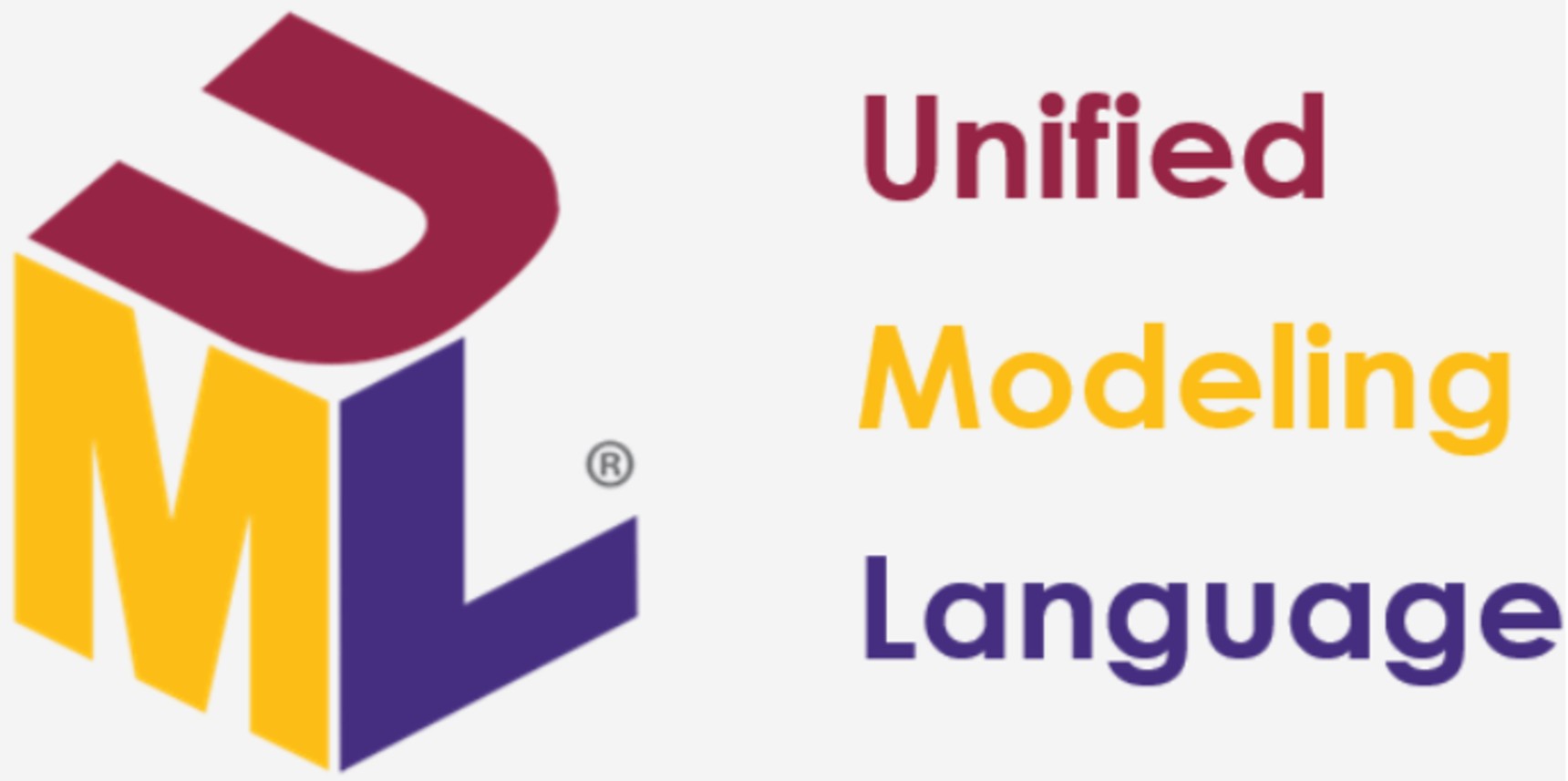
This course provides software engineers with a complete understanding of UML (Unified Modeling Language), the industry-standard modeling language for software design and system architecture. It covers UML diagrams, modeling techniques, and practical applications in software development. Learners will gain the ability to model requirements, processes, and architectures using UML in real-world projects.
Module 1: Introduction to UML History & Evolution of UML Role of UML in Software Engineering Benefits of UML in SDLC Overview of UML diagrams.
Module 2: UML Basics UML Syntax and Semantics Structural vs Behavioral Diagrams UML modeling standards.
Module 3: Use Case Modeling Actors and Use Cases Use Case Diagrams Writing effective Use Case Descriptions.
Module 4: Structural Modeling Class Diagrams (attributes, operations, relationships) Object Diagrams Packages and Components.
Module 5: Behavioral Modeling Activity Diagrams State Machine Diagrams Sequence Diagrams Communication Diagrams.
Module 6: Advanced UML Diagrams Deployment Diagrams Interaction Overview Diagrams Timing Diagrams Composite Structure Diagrams.
Module 7: Applying UML in Requirements Engineering Requirement gathering with UML Tracing requirements to models Mapping Use Cases to design.
Module 8: UML in System Design System architecture modeling Design patterns with UML Domain modeling.
Module 9: UML in Agile and Model-Driven Development UML in Agile methodologies Model-Driven Architecture (MDA) Automated code generation from UML models.
Module 10: Industry Applications & Case Studies UML in enterprise applications UML for embedded systems UML in software product development Case studies and best practices.
Mobile: 9100348679
Email: coursedivine@gmail.com

You cannot copy content of this page